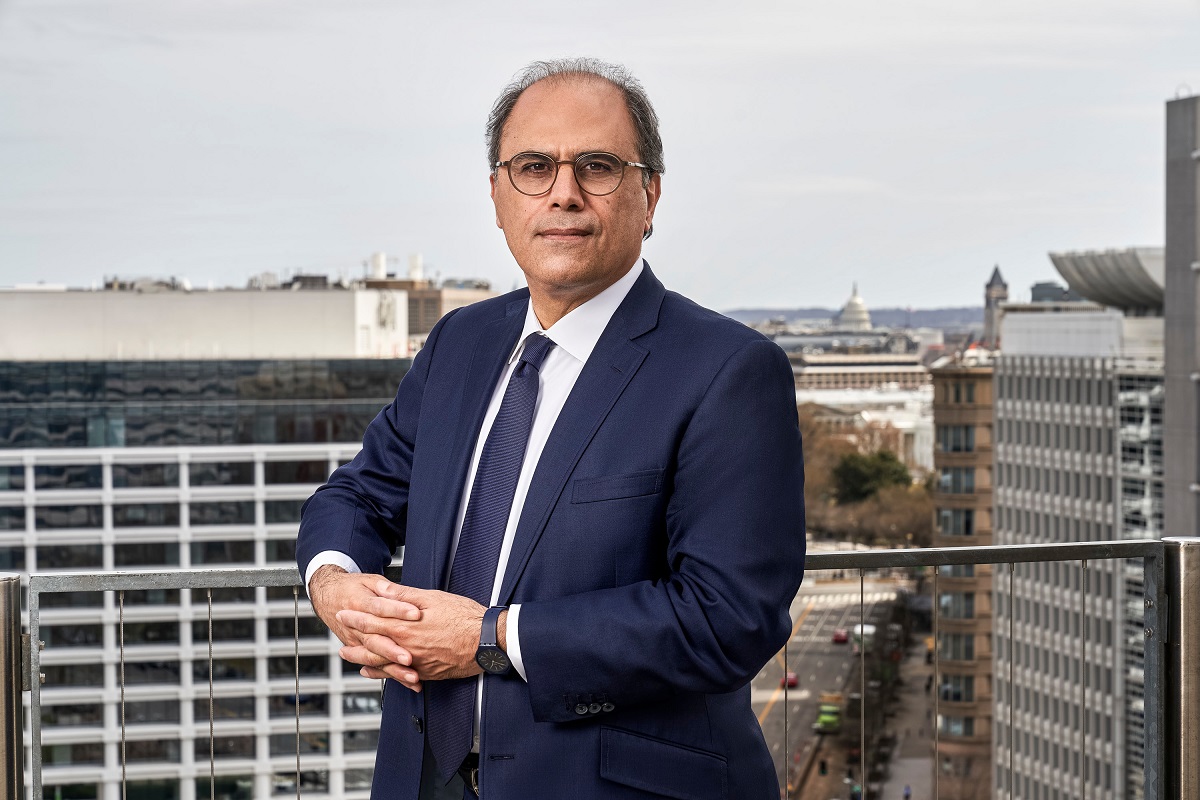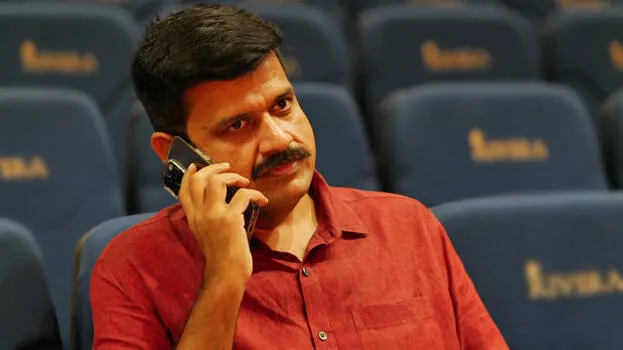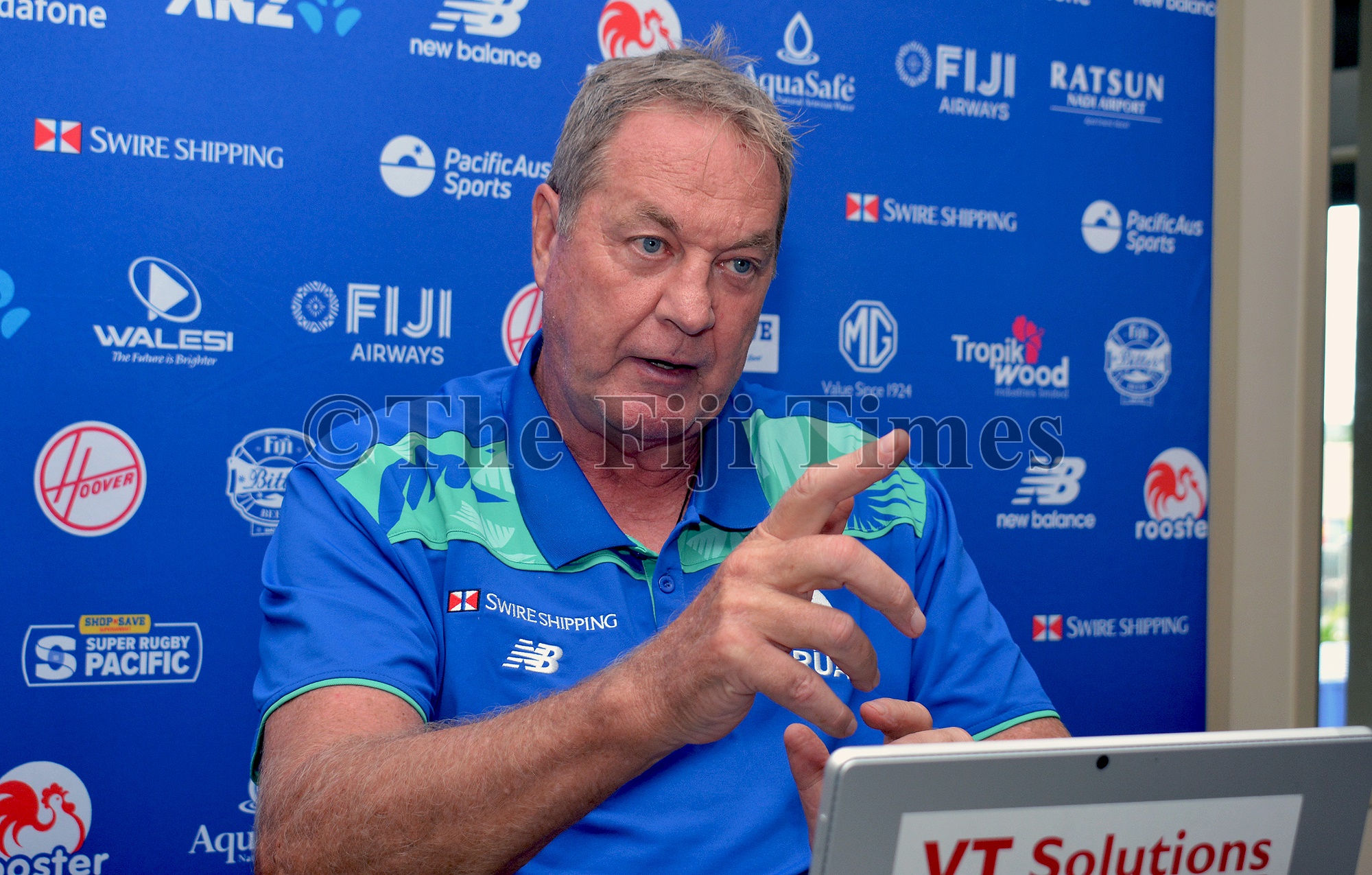
In an exclusive interview with , Azour noted that . "Implementing the Paris Agreement will among many things requiresustaining the momentum on renewable energy use through carbonpricing and similar instruments. – we see he said.
He pointed out that "There remain substantial gaps in global ambition andimplementation. Global emissions need to be reduced by below 2019 levels by 2030 to stay ontrack with limiting warming to 2°C and 1.5°C respectively.
Butcurrent NDCs would reduce global emissions by – i.e. less than one quarter of what’s needed.
Azour noted. He noted that early next year, all countries will submit newNDCs for 2035 while revising their 2030 and 2035 emissionstargets. "If 2030 targets remain unchanged, global emissions would needto decline by in 2030-2040 to achievethe 1.
5°C target (i.e., an emission cliff edge).
COP29 is the lastmajor opportunity for the international community to set clearexpectations for the next generation of NDCs. We want to seecountries — especially the largest emitters — setting outintentions to submit bold and ambitious new NDCs. This canencourage other nations to follow suit and spur more action frominvestors and businesses," said Azour.
He believes that COP29 should result in a New CollectiveQuantified Goal on Climate Finance (NCQG) that responds todeveloping countries’ needs. "AEs and EMDEs should jointly agree on a more ambitious targetfor climate finance than the current $100 billion. Azouradded.
The Fund willcontinue to do its part, delivering within its mandate andexpertise," he said. Further, Azour went on to add that the IMF’s mandate is tosafeguard macroeconomic stability, a pre-requisite for sustainablegrowth and job creation. At the IMF we are well-positioned to provide guidance to ourmember countries on designing comprehensive mitigation strategies,given our expertise on fiscal policies—which play a central role innearly all aspects of climate mitigation—and regular dialogue withfinance and other ministries," he said.
Azour noted that the Fund is supporting macro-resilience,delivering policy advice and capacity development support to helpidentify and implement strong climate mitigation and adaptationpolicies, and providing long-term lending to address long termchallenges in the most vulnerable countries. Through our Resilience and SustainabilityTrust (RST), we provide long-term financing to low and vulnerablemiddle-income countries to address climate challenges. Our researchshows that with he said.
Azour noted that the creation of the Resilience andSustainability Trust (RST) in 2022 was a major innovation to theIMF’s lending toolkit. It complements other IMF lending tools byproviding longer-term affordable financing to help low-income andvulnerable middle-income members address longer-term structuralchallenges, including those from climate change. RSF programs have been approved inBangladesh, Barbados, Benin, Costa Rica, Cabo Verde, Cameroon, Coted’Ivoire, Jamaica, Kosovo, Kenya, Madagascar, Mauritania, Moldova,Morocco, Niger, Paraguay, Rwanda, Senegal, Seychelles, andTanzania.
Many more countries have expressed interest in having anRSF program. While the RST can fill only a small fraction of the largeclimate-related financing (estimated in the trillions), through itsunique ability to influence fiscal/financial/institutionalpolicies, it can help create an enabling environment and fosteradditional financing from MDBs, development partners, and privatesector players," he said. Azour pointed out that the IMF has convened/co-convenedroundtable discussions of the authorities and development partnersand the private sector to discuss additional financing solutionsfor mitigation and adaptation.
"Good progress on fundraising for the Resilience andSustainability Trust has been made ($48 billion as of endSeptember), but timely delivery of existing pledges and additionalpledges are needed to meet demand," he added. Azour noted that policymakers must balance cost-effectiveness,political feasibility, and budgetary impact. "If the right measures are implemented immediately andprogressively phased in over this decade, the costs will remainmanageable and are dwarfed by the long-term costs of inaction.
Stop-and-go policies and further procrastinating will onlyexacerbate the toll. Policies that rely heavily on spendingmeasures – such as increasing public investment and subsidies forrenewable energy – can entail large fiscal costs. Fiscal incentives are also neededto reduce emissions from sources such as methane, forestry, andagriculture," he said.
Azour said the key fact is that carbon pricing has over global emissions since2015 – with schemes now operating in nearly and covering about of global emissions. "Around 20 additional countries are planning to introducecarbon-pricing schemes. But the current global average carbon priceis just , whereas we estimate the price neededto keep below 2 degrees Celsius is upwards of an additional , and even higher for 1.
5 degrees.Governments are spending over ayear on inefficient (explicit) subsidies that are making climatechange and the environment worse – money that could be tapped tohelp solve the problem. Repurposing these wasteful subsidies canhelp promote a green and just transition.
to avoid wasteful spending, distortionsin capital allocation across sectors, or creating trade tensionsand protectionism," he said. Azour believes that such policies should be time-bound,transparently presented in budgets under a strong governanceframework, complemented with carbon pricing, and aligned with legalobligations imposed by trade agreements. "Done right, such policies could accelerate decarbonization.
Butdone wrong they could undermine global climate objectives, createexcessive burden on public finances, distort trade and investmentflows or give rise to a “subsidy race” that could harm developingcountries. toensure a sufficient supply of workers for the green economy andthat all workers can benefit. workers globally work in green jobs.
Men currently hold close to two-thirds of these positions and womenonly one-third. Green jobs are associated with a premium for men and an even higher premium of for women, suggesting that men’s andwomen’s labor supply may not meet demand," he said. He pointed out that "Evidence suggests that economies with a robust supply of STEMworkers and a more equal treatment of women are better placed totransition faster and at a lower cost to a green economy.
To secure broad public support, policies must ensure a justtransition. Key policies include: productive use ofcarbon price revenues; targeted transfers to mitigate the impact ofthe transition on those most vulnerable, enhanced social safetynets, lowering other taxes (notably labor taxes), active labormarket policies (e.g.
reskilling of workers in transition to greenopportunities), and investing in education, health andinfrastructure," said Azour. ,driven by strong growth in non-hydrocarbon sector, particularly theconstruction, communication and transportation sectors. , with oil GDP growth slightly negativeas oil production declines, and nonoil GDP growing at about 3 1⁄2percent.
Inflation is projected to remain within the Central Bankof Azerbaijan’s target band of 4±2 percent. Projected elevated oiland natural gas prices will support the trade surplus," hesaid. Azour noted that Azerbaijan’s long-term growth performance The plan correctly emphasizes that the privatesector should drive economic growth and employment, which wouldrequire improving the business environment, boosting the efficiencyof state-owned enterprises, and increasing competition.
Deepening financial sector would mobilize savings and providefinancing for investment. At the same time, continued macroeconomicstability will be important. On climate, It should be accompanied by other policies toreduce greenhouse gas emissions while remaining fiscally prudent,such as gradually withdrawing fossil fuel subsidies," heconcluded.
.










